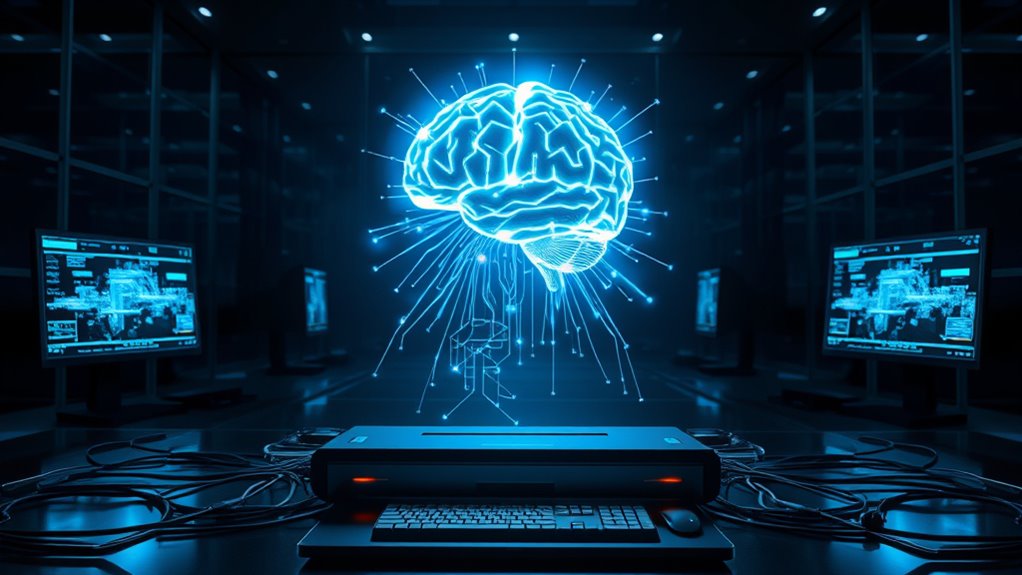A game-changer in the world of artificial intelligence, the transformer is a powerful tool that’s reshaping how machines understand language. First introduced by Google researchers in a 2017 paper, this technology has quickly become a big deal in AI. It’s designed to handle tasks like translating languages or creating text, making computers smarter at understanding and producing human-like words.
At its core, the transformer works with a special setup called an encoder-decoder model. The encoder takes in a sequence of words and turns it into a kind of code that captures their meaning and connections. Then, the decoder uses this code to create a new sequence, like a translated sentence. Both parts have multiple layers—six in the original design—that help the system handle complex tasks. This structure lets transformers process information in a unique way compared to older models.
What makes transformers stand out is something called self-attention. This trick lets the system focus on different parts of a sentence at the same time. Instead of reading word by word like older tech, it looks at everything together. They also use multi-head attention, splitting the input into pieces to study different angles. Plus, positional embeddings help the model know the order of words, which is essential for making sense of sentences. Transformers leverage self-attention mechanisms to process entire sequences simultaneously, enhancing their efficiency over traditional models.
Transformers shine in many areas of AI. They’re great for translating languages, writing text that sounds human, and powering chatbots that reply to people. They can even figure out if a piece of writing feels positive or negative, or answer questions based on what’s written. Their ability to handle big tasks and lots of data makes them a top choice for these jobs. Additionally, transformers have expanded beyond text to tackle challenges in vision and speech processing beyond text applications.
Another big plus is how fast transformers work. Unlike older systems that process things one step at a time, they can handle lots of information all at once. This parallel processing speeds up training times. They’re also scalable, meaning they don’t slow down even with huge amounts of data. Moreover, transformers are increasingly replacing older models like CNNs and RNNs, highlighting their dominance in the AI landscape replacing older models.
All these features make transformers a crucial part of modern AI, changing how machines learn and interact with language every day.









